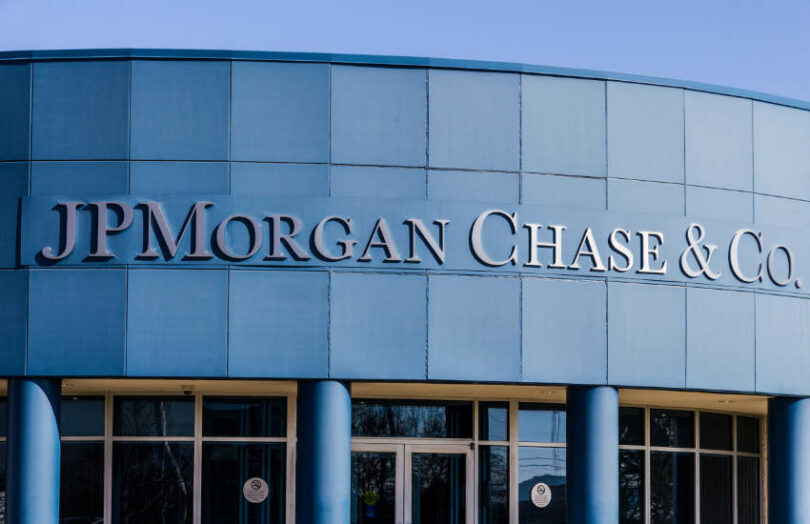Today JP Morgan rolled out its JPM Coin blockchain payments to the eurozone, after announcing plans last year. To date, the solution from the JP Morgan Onyx division had only been available in US dollars. Siemens was the first client to use the euro JPM Coins, according to Bloomberg.
The Treasury department of the German giant has embraced blockchain, launching a digital bond on a public blockchain earlier this year.
JPM Coin can only be used within the bank, so for moving money between branches of the same firm or to clients that are also JP Morgan clients. Hence the bank refers to the solution as blockchain-based bank accounts.
In contrast, blockchain based payments between banks are sometimes referred to as deposit tokens.
JP Morgan is also involved in an initiative for cross border payments, as one of the founding banks behind the Partior blockchain network that officially includes DBS Bank and Standard Chartered. As we previously reported it also includes SMBC and likely Deutsche Bank.
Blockchain payment benefits
Blockchain enables 24/7 payments which isn’t possible in all jurisdictions. The rollout of FedNow will impact the benefits of these systems in the United States.
Regarding the advantages of JPM Coin, part of it is programmability. While conditional payments have existed for some time, blockchain smart contracts can support more complex logic.
This allows both banks and corporate treasurers to sweep money as desired into central accounts and to plan the precise timing of payments to optimize liquidity management. If a corporate treasurer can earn a good return on government bonds, why have money sitting in a low interest bank account?
Traditional payments separate the message from the movement of money. This results in reconciliation mismatches either when a payment does not arrive or it arrives late. Using blockchain can reduce or eliminate reconciliations.
Similar systems have been used extensively by the crypto community for their corporate banking, but two banks that ran them have shuttered: Silvergate and Signature. However, it isn’t just beneficial for crypto firms.
Before it went bust, Signature said the largest users of Signet in terms of transaction volumes were logistics firms. TassatPay is one of the leading providers of these payment systems, including Signet. Tassat and the USDF Consortium are both working on interbank payment platforms. But that requires regulator approval, which has encountered obstacles in the United States.
Multiple trillion dollar blockchain deployments
Meanwhile, the Bloomberg piece cited JPM Coin with its $300 billion of cumulative transactions as one of the largest blockchain banking applications. That’s not entirely true. TassatPay has facilitated more than a trillion dollars using technology similar to JPM Morgan’s.
Multiple blockchain solutions have processed trillions of dollars of transactions. By late last year, HSBC alone had processed $4.3 trillion of FX transactions on FX Everywhere. Broadridge runs a repo platform (DLR) used by UBS, Societe Generale, DRW and others that executes $1 trillion a month. And in Italy, for three years almost a hundred Italian banks have been running nightly interbank payment reconciliations on the Spunta platform. ie. Most Italian bank payments have a link to blockchain.
On the asset management side, major funds distribution platform Calastone which processes trillions a year uses blockchain for key functions that it is expanding.







